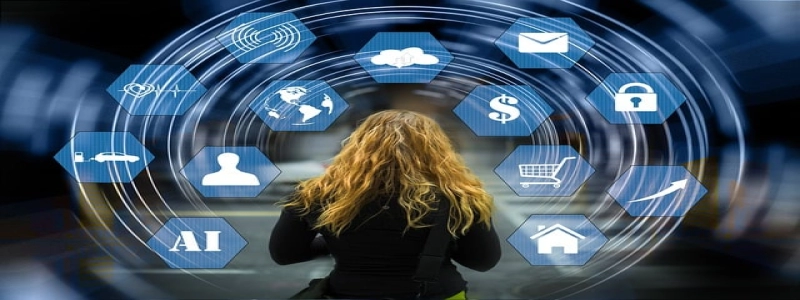WiFi 6 vs Ethernet Cable: Which is your better connection?
Introduction:
In today’s world, a strong and reliable internet connection has become a necessity, both at home and in the workplace. With the advent of new technologies, the choice between using WiFi 6 or an Ethernet cable to connect to the internet has become a topic of discussion and debate. In this article, we will explore the differences between WiFi 6 and Ethernet cable connections, highlighting their pros and cons, to help you make an informed decision about which option suits your needs best.
I. WiFi 6:
1. Definition:
– WiFi 6, also known as 802.11ax, is the latest generation of wireless technology.
– It promises faster speeds, improved capacity, and reduced latency compared to its predecessors.
2. Advantages:
– Convenience: WiFi 6 allows you to connect multiple devices wirelessly, providing freedom of movement and easier access to the internet.
– Flexibility: With WiFi 6, you can connect to the internet from any WiFi-enabled device, such as smartphones, laptops, and tablets.
– Speed: WiFi 6 supports higher data transfer rates, enabling faster streaming, downloads, and online gaming experiences.
3. Disadvantages:
– Interference: WiFi signals are susceptible to interference from other electronic devices, walls, and even neighboring WiFi networks, potentially leading to slower speeds and reduced stability.
– Coverage: The range of a WiFi 6 network may be limited, especially in large buildings or areas with many obstacles, requiring the use of additional wireless access points to ensure adequate coverage.
II. Ethernet Cable:
1. Definition:
– An Ethernet cable, also known as a network cable, is a wired connection used to link devices directly to a network or router.
– It utilizes copper or fiber cables to transmit data signals between devices.
2. Advantages:
– Speed and Stability: Ethernet cables offer faster and more stable internet connections compared to WiFi, as they are not susceptible to interference or signal degradation.
– Security: Wired connections are generally more secure than wireless ones, as they are not susceptible to hacking or unauthorized access.
– Lower latency: Ethernet cables have lower latency, providing a smoother and more responsive online experience for activities such as gaming and video conferencing.
3. Disadvantages:
– Limited mobility: Ethernet cables restrict your movement as you need to connect your device directly to the cable.
– Installation: Ethernet cables may require professional installation, especially in buildings without existing network infrastructure.
– Accessibility: Ethernet cables limit connectivity to devices with Ethernet ports, such as desktop computers and gaming consoles, excluding wireless-only devices.
Conclusion:
The choice between WiFi 6 and Ethernet cable depends on your specific requirements and preferences. WiFi 6 offers convenience, flexibility, and fast speeds but may be susceptible to interference and limited coverage. On the other hand, Ethernet cables provide faster, more stable connections with enhanced security but require wired connectivity and may limit device accessibility. Consider your internet usage patterns, location, and the devices you use to make an informed decision. In some cases, a combination of both WiFi 6 and Ethernet cable connections may be the ideal solution to balance mobility and reliability.







